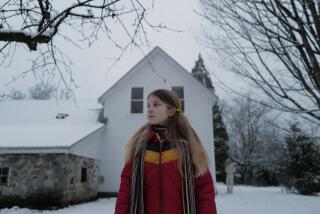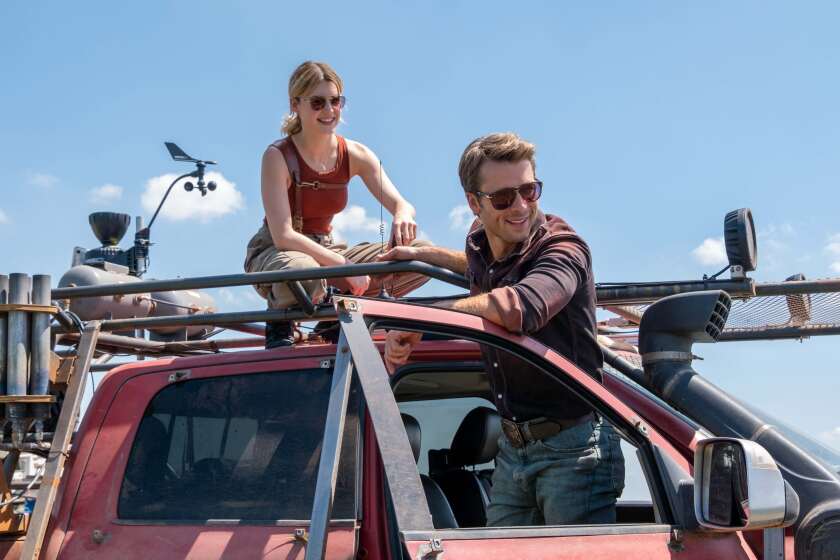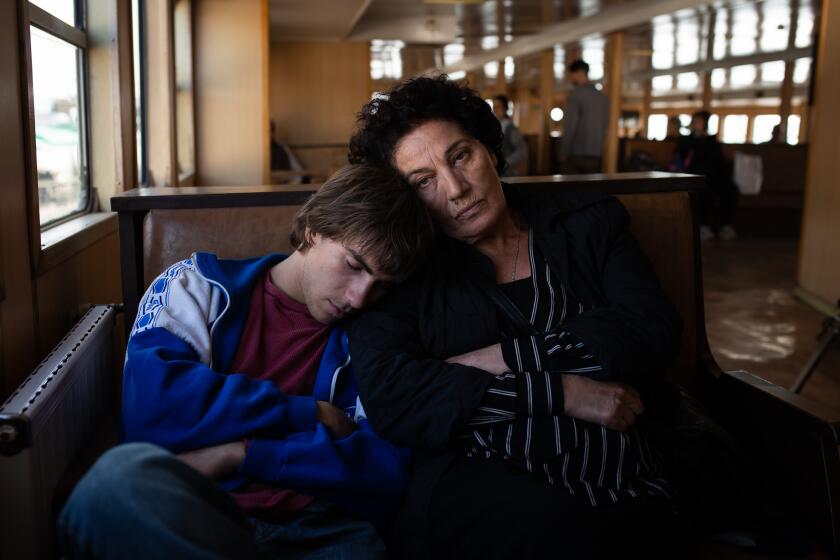Steps Toward Change
First came Cinderella, Snow White and Hansel and Gretel, whose respective stepmothers did a thorough job convincing us--before we even reached kindergarten--that these parental understudies are no-good, cruel and sometimes even poison-toting creatures.
Then, as soon as the story lines for these fairy tales were forgotten, along came Hollywood filmmakers to take over where the fairy tale authors left off.
That’s how Stephen Claxton-Oldfield, a psychologist at St. Francis Xavier University in Nova Scotia, sees it, anyway. He evaluated 55 movie plots mentioning a stepparent and found their portrayals overwhelmingly negative and often abusive.
The findings, reported earlier this year in the journal Psychological Reports, drew predictable dismay from sociologists and the Stepfamily Assn. of America, which has also noticed the less-than-stellar representation of stepmoms and stepdads. This despite the fact that, according to U.S. Census statistics, about 4.5 million children under 18 live with a stepparent.
When these reconstituted families go to the movies, they’re likely to see stepparents portrayed in less than glowing roles. In this summer’s “Ever After,” for instance, the remake of Cinderella, Anjelica Huston played the stereotypically wicked role.
But things are changing, say some filmmakers, who contend that as they become stepparents themselves, their productions are reflecting more realism and less sensationalism and negativity.
A case in point is “Stepmom,” which opened Christmas Day. Julia Roberts is neither evil nor conniving, said producer Wendy Finerman, the Academy Award-winning producer of “Forrest Gump.” Rather, as Isabel, the childless girlfriend of Luke (Ed Harris), she tries tirelessly to please his two kids, 12 and 7. She soon discovers her goal is daunting. Trying to fill the shoes of the kids’ mother, Jackie (Susan Sarandon)--a perfect soccer-mom type--even on a part-time basis leaves Isabel feeling frustrated but determined not to give up.
Finerman’s efforts to undo the evil stepparent stereotype is good news to Claxton-Oldfield, but he points out that the stereotype, at this point, is deeply ingrained. He traces it back to the 19th century. At that time, he says, stepmoms were used as literary scapegoats so that the pure image of motherhood could be maintained.
A long-term stepfather himself, Claxton-Oldfield cringed at the negative portrayals of stepparents in fairy tales, movies and television shows, so he made it a focus of his professional research. He searched the Internet Movie Database (https://www.imdb.com), which includes information on more than 150,000 movies, to find out how widespread the negative portrayals of stepparents might be.
He found 34 plot summaries with a stepfather and 21 with a stepmother--with titles such as “Wicked Stepmother” (1989), “The Stepfather” (1987) and “Stepfather II: Make Room for Daddy” (1989). Then he evaluated the portrayals of the stepparents.
About 58% of the plot summaries portrayed the stepparent negatively; the other 42% contained no comments regarding the stepparent. While the number of movies with stepparents as characters is small, what struck Claxton-Oldfield was that “none represented the stepparents in a specifically positive manner.”
Even more troubling to him, 23% of the 34 stepfather plots portrayed them as physically or sexually abusive, as in “Freeway” (1996) and “Radio Flyer” (1992).
The stepmothers were often portrayed as murderous or abusive, he adds, in such movies as “A Promise to Carolyn” (1996) or “Sinderella and the Golden Bra” (1964).
Time and again, Claxton-Oldfield says, he found whenever the words stepfather or stepmother are used in a movie plot summary, “there is likely to be an element of stepparental wickedness--a bullying or sexually harassing stepfather or a murderous or destructive stepmother.
“For people who have never actually met a stepparent, their perceived reality of what a stepparent is like is probably going to come from what they see or hear about them,” Claxton-Oldfield says. “It seems likely that the way stepparents are portrayed in the movies reflects how people view them.”
True, says Constance Ahrons, director of USC’s Marriage and Family Therapy Program and author of “The Good Divorce” (HarperCollins, 1998, $14), who has researched divorce and blended families for many years.
She recalls a 10-year-old boy she saw in therapy, concerned about his father’s upcoming remarriage. “I don’t want a stepmother!” he told her. His concern, she later found out, was related to a movie he had seen whose cast included a wicked stepmother.
The stereotype, she says, is “terribly destructive for children. Before a stepparent even arrives on the scene, there’s a feeling that stepparents are bad.”
Claxton-Oldfield acknowledges that his study has limitations. Reading the summaries is not the same as viewing the entire movie. His search may have missed some movies that portrayed stepparents positively and did not mention the word “stepparent” in the plot summary.
He is conducting more research and already sees some signs that portrayals of stepparents may be slowly changing.
Finerman agrees. “Stepmom,” she says, bucks the trend. “We are trying to show stepparents can be a positive,” she says. In the movie, there’s plenty of tension between Jackie and Isabel, with gritted-teeth conversations about schedule mix-ups and child rearing issues. But slowly, the two women forge an unlikely friendship, spurred by Jackie’s failing health and her growing need to rely on Isabel to help out with the kids.
The movie tackles, among other issues, the fact that many stepparents have never been biological parents. “Isabel is really trying to learn parenting,” Finerman says. At one point, Isabel tells Jackie, “Listen, you must help me.” And Jackie reaches out.
Even if a film presents a less-than-glowing portrayal, parents can do damage control after seeing it, says therapist Ahrons. “Counteract the stereotype by being a good role model and speaking out against the stereotype to anyone who will listen.”
More to Read
Only good movies
Get the Indie Focus newsletter, Mark Olsen's weekly guide to the world of cinema.
You may occasionally receive promotional content from the Los Angeles Times.






